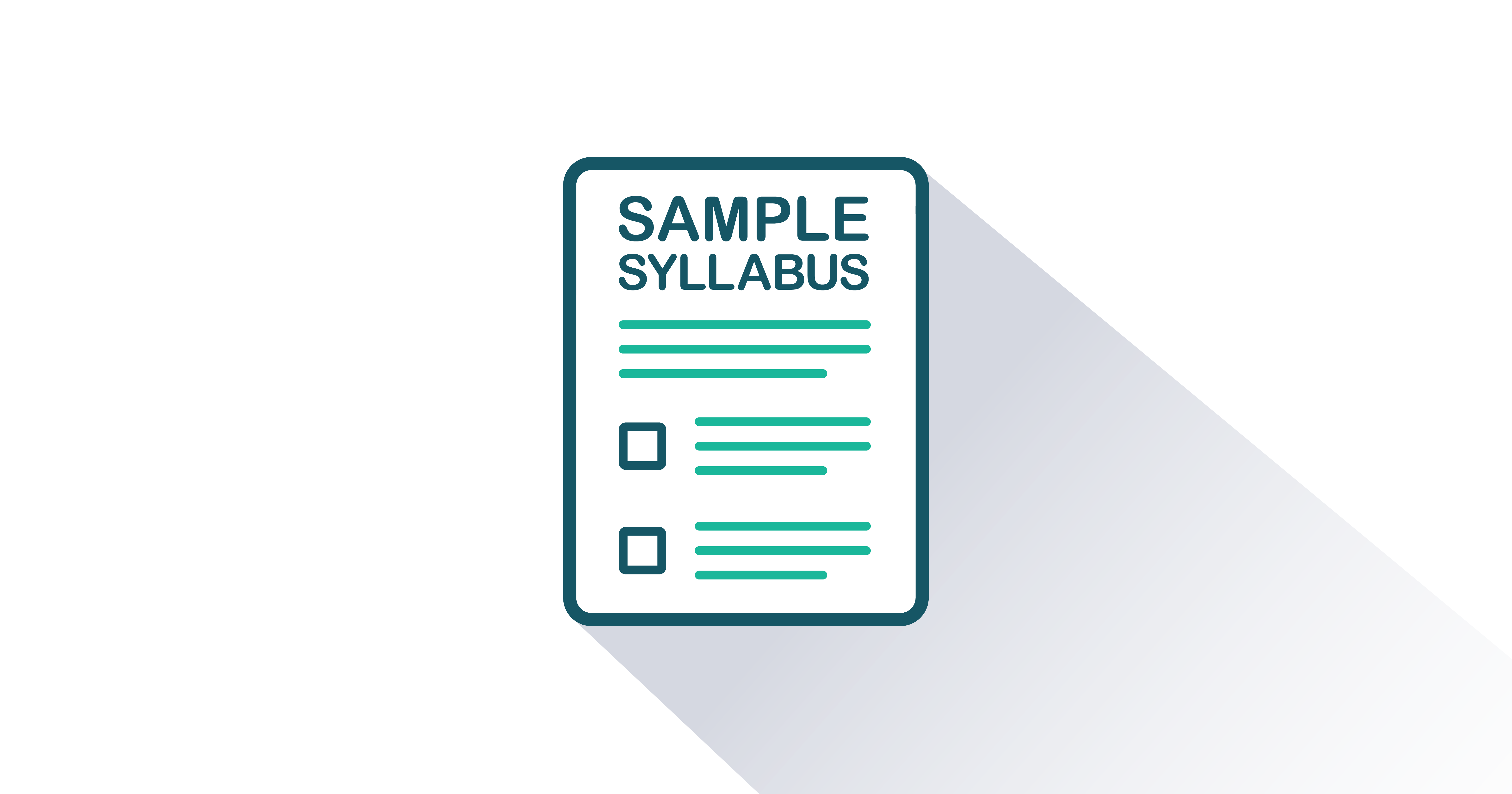Scott McLean Walden University
Scott McLean is a Senior Contributing Faculty Member with the Communication Department at Walden University. He also served as Associate Professor of Business Communication for the W. A. Franke College of Business, Northern Arizona University—Yuma, on a combined campus partnership with the University of Arizona and Arizona Western College. Scott was the 2007–2011 Shadle-EdgeCombe Endowed Faculty Chair at Arizona Western College.
Scott has written or co-written several other FlatWorld titles in communication, English, and business. His publishing record includes articles in peer-review journals, classic car magazines, and newspapers. From his experience working with students at the community college and undergraduate levels (including developmental English, college preparation, composition and argumentation, literature and analysis, and business communication), Scott has learned the importance of providing students with clear, concise learning resources with scaffolding and frequent opportunities for engagement and demonstration of skill mastery. He has also come to appreciate the important role the first English and business communication courses play in helping students achieve overall academic success.
Scott serves as an international business and industry consultant and has worked with The Robert Wood Johnson Foundation and The Confederated Tribes of Warm Springs, Oregon. He has also served on the Small Business and Innovative Research (SBIR) Evaluation Panel for the National Institutes of Health and evaluated programs for the Ministry of Hacienda, Chile and many others. He has taught at AWC/San Luis on the U.S./Mexican Border, at Central Oregon Community College’s Branch Campus on the Warm Springs Indian Reservation, and at Universidad San Sebastián in Concepción, Chile. Scott studied at Pontificia Universidad Católica de Chile, at Washington State University’s Edward R. Murrow School of Communication, and at Northern Arizona University–Flagstaff Department of English in the area of Professional Writing. He and his family live in Washington State.








